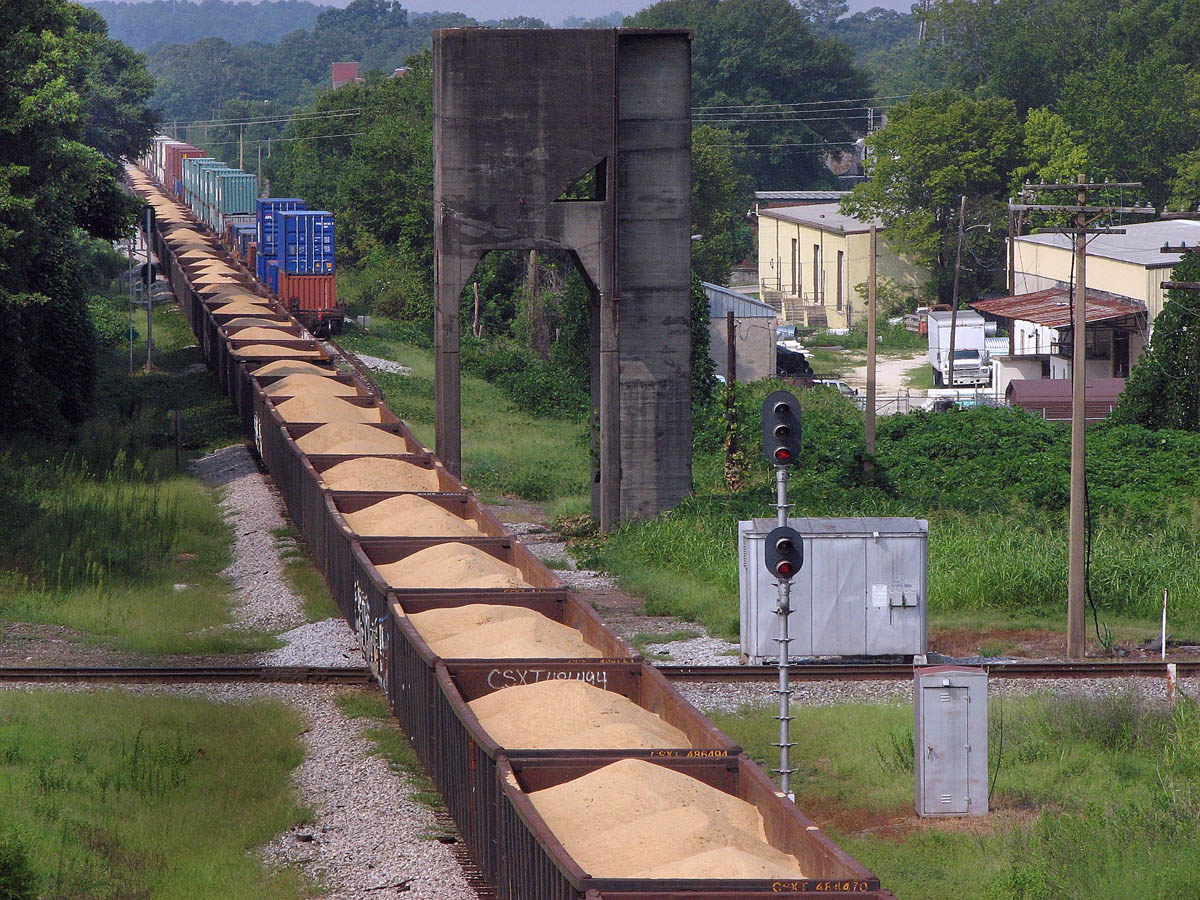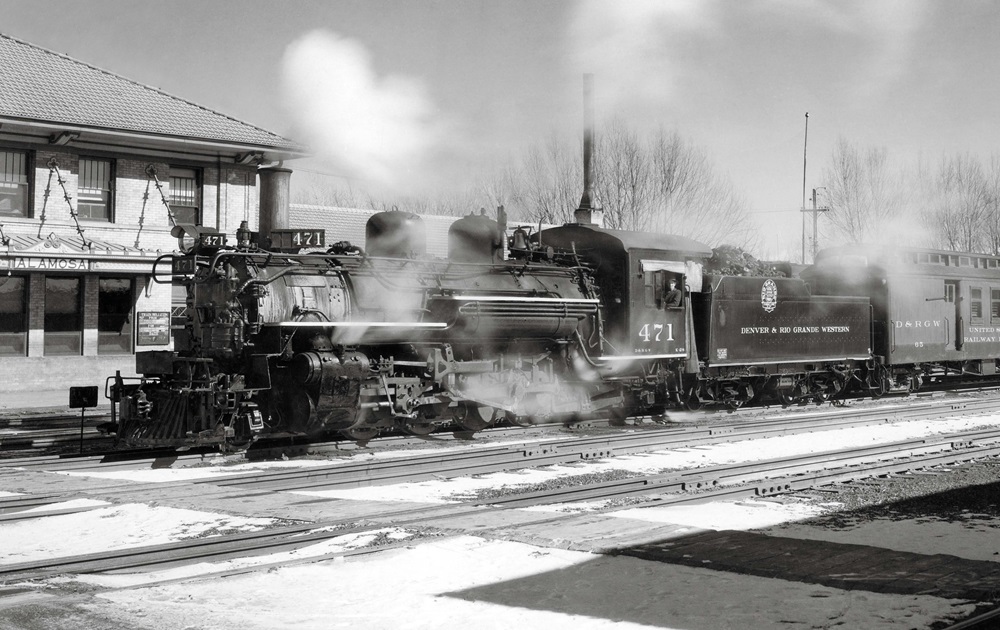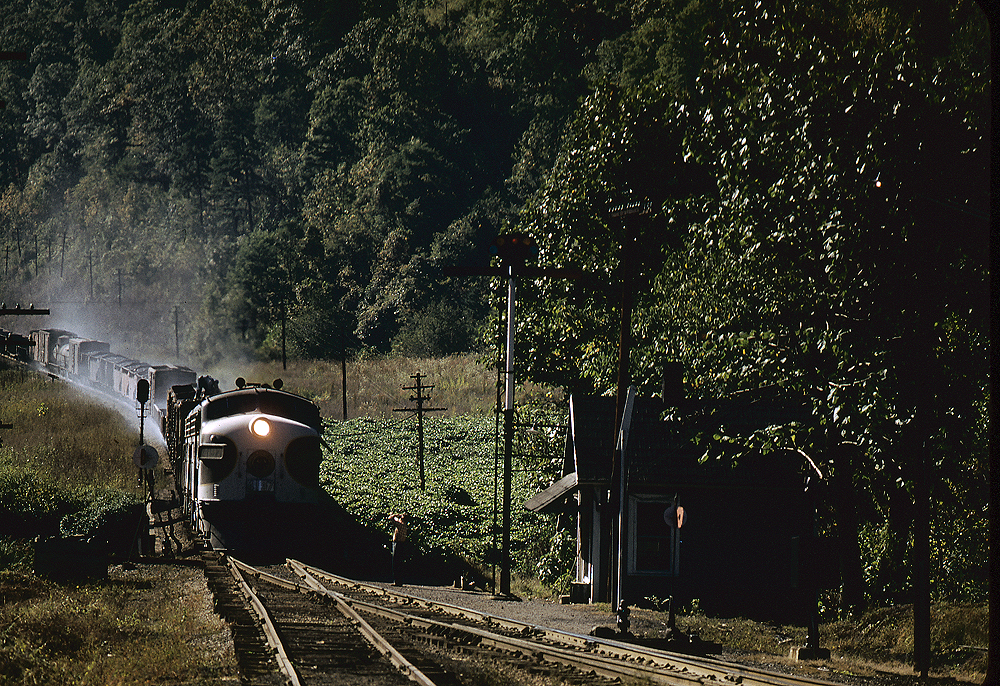Railroads that implement scheduled service do so at some point along a spectrum that runs from perfectly precise scheduling at one end, and totally flexible scheduling at the other, says Tyler Dick, senior research engineer at the University of Illinois at Urbana-Champaign.
Dick and his colleagues have written extensively in recent years about how scheduled railroading improves capacity on single-track lines – at least when trains meet predictably at locations where they can pass, or trade cars or crews.
David Clarke, director of the transportation center at the University of Tennessee at Knoxville, refers to totally flexible scheduling as a “hold-train-for-cars” operation, although shortline railroads have been known to run extra trains based on customer needs.
At the top of most railroaders’ minds lately are the themes of so-called precision-scheduled railroading employed by new CSX Transportation CEO E. Hunter Harrison. The system has seven key components, enabling a railroad to move more traffic with fewer assets. These components include minimizing car dwell time in yards, minimizing car classifications, and using multiple routes to get traffic from point A to point B. Another principle puts coal and other commodities that normally run in unit trains in general-purpose trains if a given unit train does not meet certain service criteria. Other tenets include balancing of movements by direction, even if trains have fewer cars, and keeping locomotives positioned in the correct locations. Lastly, Harrison’s methods seek to minimize power requirements and increase locomotive utilization while trying to level out traffic across the railroad. Harrison’s plan beat out a 2015 CSX scheduling model in which some freight trains departed every 28 hours, rather than at the same time each day.
During a seven-day period, the railroad would run six trains, and the benefit was that railroaders were able to move seven days’ worth of freight in six days.
Jason Kuehn, a transportation practice vice president at consulting firm Oliver Wyman, says the 28-hour schedule might have been good for the railroad, but it wasn’t going to be good for customers. First, he says, customers were unlikely to migrate to a 28-hour day, so this mismatch of train schedules and customer work hours meant that certain cars that didn’t make it on a given train had to sit longer. Local freight jobs ran at the same time every day. Just as important, one of the principles of scheduled railroading is to have a 24/7 operation that does the same thing day after day. This enables railroaders to anticipate and preempt any problems that may arise. Repetition and practice at those tasks help crews and dispatchers to get better and faster at their work, enabling connections between trains to be tightened, with the expectation that trains will really arrive on time.
Scheduled railroading generally depends on an operating plan that is built with the aid of computer software, along with commitment from the operating department to adhere to the plan. In a perfect world, railroads could accurately predict the arrival time of freight trains at a particular yard, improve transit times, and enable customers to know exactly when their shipments will arrive.
The goal, however, is to operate as closely to the plan as possible.
Kuehn says that there really isn’t a single definition of scheduled railroading. It’s critical, though, for a railroad to have an operating plan.
“It’s important to put together a plan so you will know where the assets will be and when they will be there.” Kuehn adds, “From a railroader’s perspective, locomotives and cars must get to where they need to be on time. From the shipper’s perspective, knowing when their freight car(s) will arrive is vital.”
“The plan is only as good as the railroad remains stable,” Kuehn says. “Railroads often have seasonal plans – a winter plan for roads operating in the coldest climates in North America, and a plan for other seasons when the railroad is less subject to harsh weather.”
As increased data are infused into railroad operating plans through new data-gathering technology and software tools, scheduled railroading should become a more effective part of railroad operations.
Kuehn says that most railroads have a quarterly plan, while some roads have weekly plans. Any changes or tweaking of quarterly or weekly plans are usually dealt with on a tactical basis.
This story originally appeared in the August 2017 issue of Trains Magazine.













